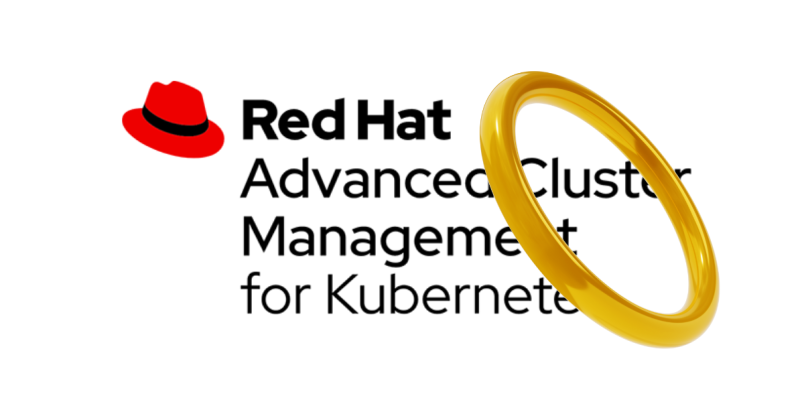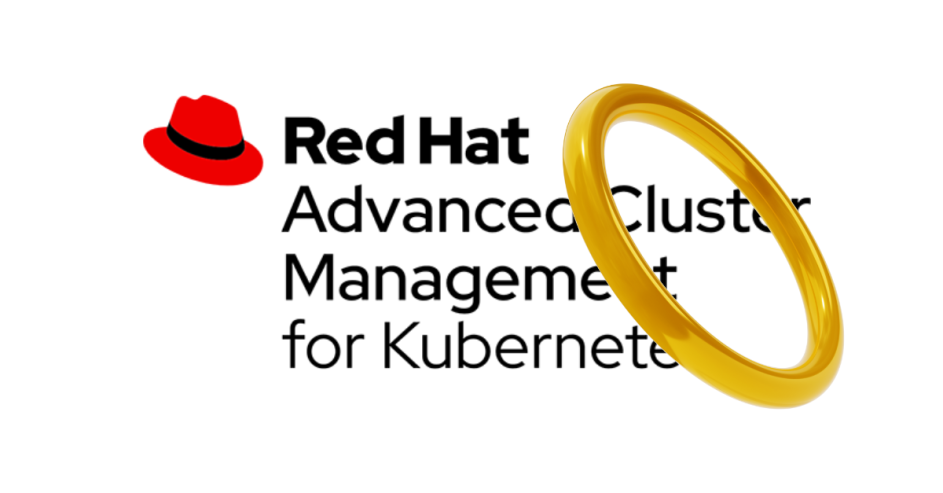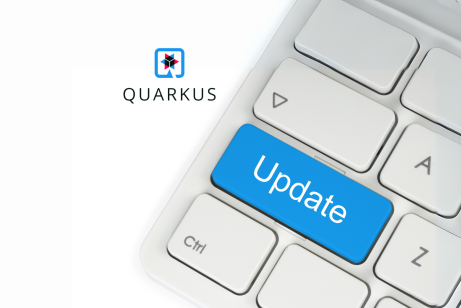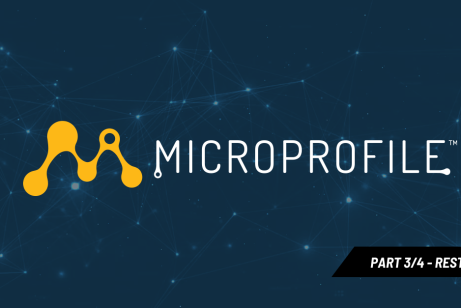On our own OpenShift cluster, which we are running in the context of gepardec-run, we’ve often had the problem of being blind when a cluster stopped working, so we cobbled together our own solution, sending the most important metrics and log files from the OpenShift clusters to a separate, so-called HUB-cluster. Since we were facing the issue of the HUB-cluster buckling under the load time and time again and the implementation of these functionalities proved to be less trivial than they may sound, we ended up looking for the Cluster of Power. While searching we quickly stumbled upon Advanced Cluster Management (ACM) by Red Hat.
Red Hat promises to simplify the management of multiple OpenShift clusters with the ACM and claims to offer the following benefits:
- Improved visibility and control: ACM offers a central console for the administration and monitoring of multiple OpenShift clusters.
Heightened security through the enforcement of policies. - Automated cluster management: ACM automates many manual administrative tasks in clusters, reducing time and effort necessary to manage these environments
- Improved scalability: With ACM, multiple clusters can be scaled through a single console
Since we at Gepardec don’t trust things that sound too good to be true, we took a closer look at Red Hat’s claims with a Learning Friday project. Over the course of 3 Fridays we used the ACM’s features and tried to find out which promises have been kept, how comfortable it is to use and where we believe there’s still room for improvement. We used the first day for basic setup and playful exploration of ACM. We used the installer to set up a small OpenShift Cluster on AWS, since we didn’t want to deal with the resource consumption and complexity of a bare-metal installation, instead focusing on ACM itself. After installation, we configured the newly made cluster to a HUB through the ACM operator and were ready to start.
One of ACM’s most prominent features is the ability to easily create and destroy new clusters. Both cloud providers and private setups, e.g. on vSphere, are supported. We put in the necessary credentials and a couple of configuration parameters and had two additional OpenShift clusters on AWS, ready to go.





